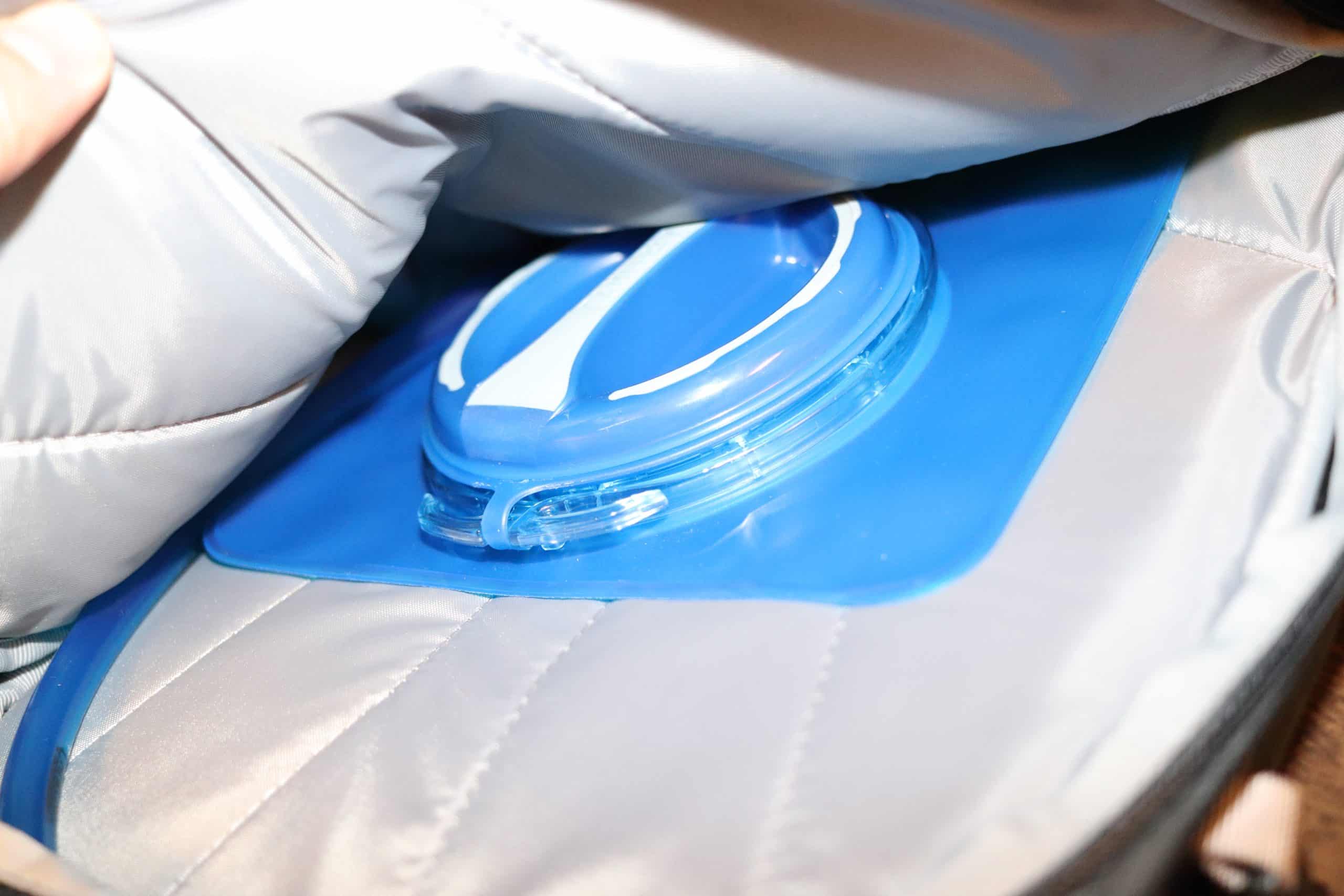When hydration bladders first came out(back in the 90’s) your carrying options were fairly limited. You could either buy a dedicated hydration pack or modify your daypack. Luckily in the past 10-15 years, the market has changed.
All of a sudden more and more hydration packs started to hit the market. Hydration bladders/packs were getting cheaper so companies started adding hydration bladder pockets to backpacks.
How do you actually use a hydration bladder pocket in a Backpack? Are Hydration Compatible Backpacks the same as dedicated hydration packs? Can I Use a Hydration Bladder with a Backpack that I already own?
What is a Hydration Bladder Pocket?
It should seem obvious, but hydration bladder pockets hold your hydration bladder. Most of these pockets are just simple sleeves that insulate/separate your water reservoir from your pack.
Hydration Bladder Pockets are Great For Day Hikers
Hydration bladder pockets are great for day hikes, but they suck on long trips. A 3L hydration bladder(like the one I use) should last most of the day, but it’s hard to refill at the end of the day.
That’s why it’s kind of a pain on multi-day hikes. Bladder pockets will stabilize your gear, keep it from shifting around, but it’s a pain to refill. You can carry a lot of water, but you can’t quickly refill your hydration bladder on the trail.
Good Luck Getting Your Bladder Back In
If you stumble across a random water source you can’t just refill on the go. To refill your bladder you would need to take out all your gear just to get to the bladder.
You might be able to yank it out, but you’ll never jam a full bladder in with a bag full of gear. It’s so much easier just to buy a pack with a separate hydration bladder compartment.
Are Hydration Compatible Backpacks the same as dedicated hydration packs?
The line between hydration packs and daypacks has blurred in the past couple of years. More and more brands are coming out with packs labeled as “Hydration Compatible”.
Although similar, hydration packs normally have extra insulation and a dedicated bladder pockets. Having a separate pocket adds extra weight, but it’s so much easier to refill on the trail.
Inline Filters Make Refills Easy: If you haven’t already installed an inline filter now’s the time. It’s so much easier to refill water on the trail (Sawyer Mini Is Affordable and Effective). Just install it right on your hydration line, fill your bladder with dirty water and it filters as you sip.
How to Retrofit a Pack for a Hydration Bladder
Lets face it, hydration packs aren’t all that sophisticated. It’s just a daypack with a pouch for your hydration bladder. All you need to do is find a way to secure the hydration bladder and run a tube outside(it’s not rocket science).
You don’t even need a separate pouch. Just stick the bladder at the top of your bag and run the tube outside and clip it to your chest harness. Side pockets are another great place for a bladder. Since the water is fed by gravity make sure the tube is at the bottom of your water reservoir.
Can I Use a Hydration Bladder in a Regular Backpack?
With a few basic modifications, you can definitely add a hydration bladder to your regular bookbag. You can sew in a basic hydration pocket fairly easy. I recently sewed one of these insulated bladder sleeves into one of my old packs. A few stitches across the top is all it took.
I then ran my hydration tube through the open zipper and I was good to go. In the future, I might cut an access port in the side, but for now, this setup works.




